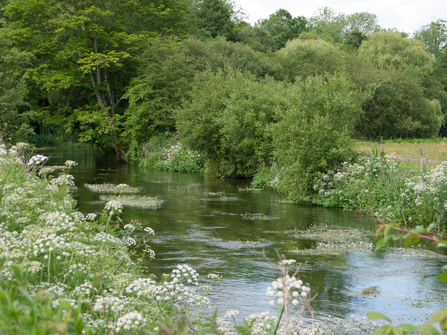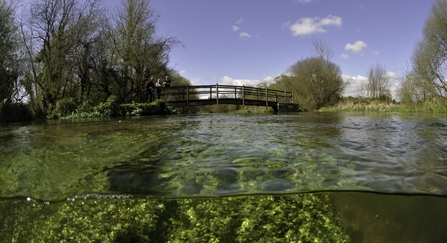In November 2021, the Environment Act became law and, with it, the promise of ambitious targets that would turn the tide on nature’s decline. Early last year, new regulations set out the detail of targets on water[i], waste, woodland and other topics that all contribute to the overarching and ambitious ‘apex’ goal, of seeing declines in species abundance halted by 2030.
For our watery habitats, the targets are intended to tackle the key pressures against which there has been stubbornly little progress to date. Nutrient pollution is a key factor that blights the freshwater environment, not just in England but around the globe. Although there are downsides to having targets on specific, potentially siloed topics, the logic of seeking to drive action on THE greatest pressure faced by our rivers, lakes and coastal waters is understandable. In freshwaters, phosphate is the pollutant causing the greatest number of failures against ecological standards. It’s a reason that more than half of England’s rivers, and three quarters of lakes, are assessed as not being in good health.[ii]
Of particular concern is the impact of phosphate pollution upon England’s chalk streams. Globally rare and extremely rich in wildlife, to say that the ‘jewels in the crown’ of our freshwater environment have lost their sparkle is an understatement of epic proportions. Blighted by nutrient pollution, chemicals, abstraction, man-made alterations and invasive species, endless campaigns and practical efforts have to date failed to stem their decline, let alone ensure their recovery. The problems they face are vast, and conservationists and (most) campaigners acknowledge that it won’t be fast, easy or cheap to change this.
However, we must take every opportunity to try – and the Environment Act water targets should present just that opportunity. One of these targets will see water companies work to reduce phosphorus from treated wastewater by 80% by 2038, relative to a 2020 baseline. There is an interim target of 50% by January 2028.
These are big numbers, that could bring big nature benefits. Imagine if the target drove action at all treatment works on chalk stream waterbodies that currently fail phosphate targets...



